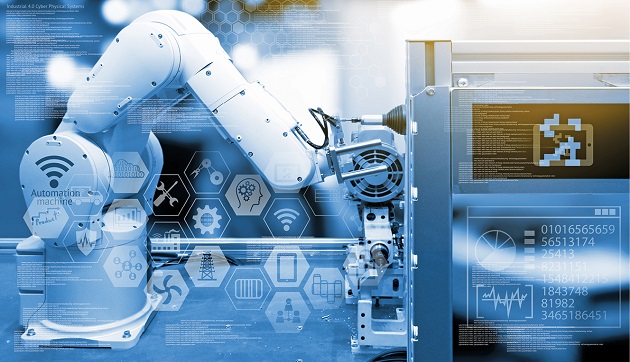The 21st century is an era of electronics systems – and semiconductor devices are the heart of these systems. Being deficient in chip manufacturing is a bottleneck in electronics manufacturing. The existing trend of chip development at nanometer geometry needs huge and constant capital investment which is not possible in India. In spite of the whole hearted support of the government, we are still far behind in achieving self-sufficiency. In spite of leaders in chip design we lack behind in the area of fab manufacturing due to the lack of capital investment, adequate infrastructure, uninterrupted power supplies, clean water, purest form of silica, technological know-how, skilled workforce and the work culture.
In Budget 2020, Finance minister proposed launching a new scheme to make India a hub for electronic manufacturing. The government exhorted to be supportive of companies starting high-skilled component manufacturing in the country. The Budget has proposed a new scheme to promote the manufacturing of smartphones, electronic devices and semiconductors. The Government advocates to manufacture networked products which will make India part of the global supply chain. However, the implementation of the scheme will hinge on how companies are incentivised to begin manufacturing in the country. We are afraid that the announcement was not in line with the ‘Assemble in India’ proposal of the 2019-20.
Self-reliance in the fab manufacturing is still a far cry. How long will we be dependent for semiconductor and component supplies on China, Taiwan and the USA? By not developing the fab manufacturing capabilities we are obviously compromising on the consumer electronics manufacturing and the strategic requirements for defense.
Though India manufactures chips at a small scale for sensitive areas like defence and space research at IISc and SCL Mohali. But manufacturing chips at a large scale for consumer electronics and other high tech industries is altogether a different ball-game.
Chip manufacturing is a capital intensive affair. Advance fabrication facilities require $5-6 billion while less advance require $1-2 billion. Research and other expenses which are necessary as technology progresses are extra. Chip manufacturing is a business that needs a lot of government support, both in terms of policies and money. Unfortunately we have lacked in both. Also there is no major electronics company in India. Had there been any Indian electronics company we could have hoped that it would set up a manufacturing plant in India.
What could be the way out – is a million dollar question. Taiwan has world class facilities that are used by countries including the US. Taiwan Semiconductor Company was founded by folks who returned from the US. S. M. Sze went from Bell Labs to Taiwan many years ago to help the country – just the clue to take a first step.
The government has been taking many steps to make India a manufacturing hub for smartphone makers. The centre is reportedly planning to invest Rs. 45,000 crore, so that smartphone maker like Samsung, Apple, Xiaomi, Oppo, and Vivo can set up their supply chains in India. This investment may attract Foxconn, Huawei, Vivo, Oppo, and Samsung to make a huge investment in the country.
The Indian electronics industry, which relies heavily on China for components, sub-assemblies and even full products, fearing supply disruptions, production curtailment, as well as a negative impact on prices, revenue, product launches and local manufacturing. If the situation prolongs, the industry is bound to take a hit by March. Any disruptive event obstructing the supply chain may disturb the industry at large – it is a good enough justification to develop fab manufacturing capabilities at home.
By Devendra Kumar, Editor in Chief, ELE Times








